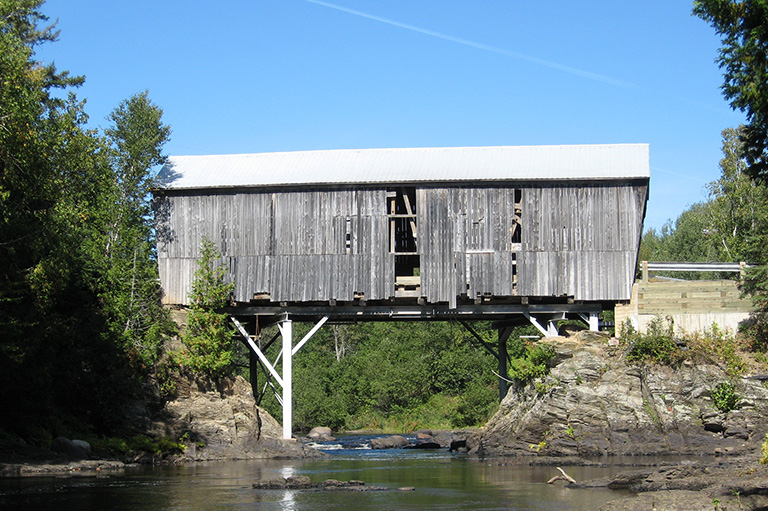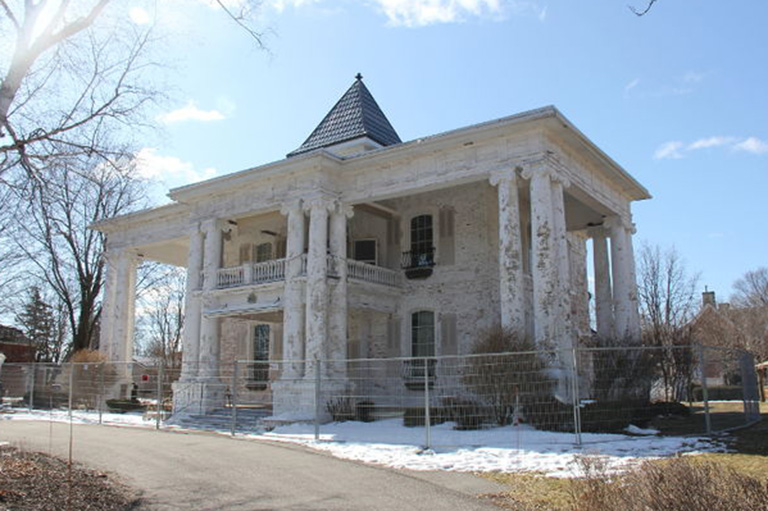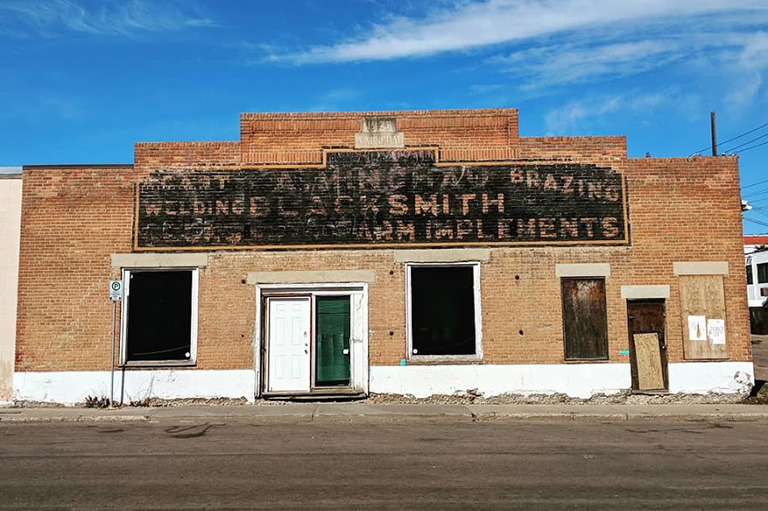Holding the Fort
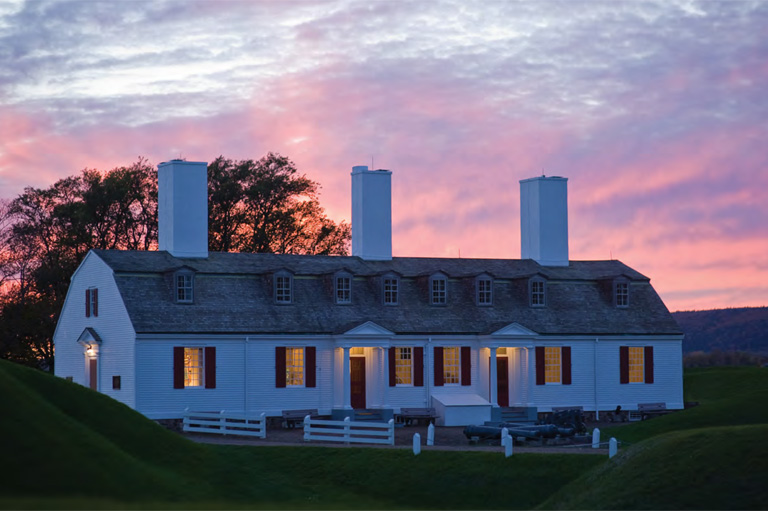
By the late-nineteenth century, the Officers’ Quarters of Fort Anne — one of the oldest military structures in Canada — was falling into disrepair.
The garrison, built on the site of an old French fort near Annapolis Royal, Nova Scotia, had been abandoned by the British army in 1854. Since that time, the care and upkeep of the buildings and grounds had fallen to a series of private tenants, whose efforts varied depending on the individual.
In the year 1881, the tenant — seeing the decrepit condition of the fort’s blockhouse and thinking, perhaps, that the square timbers would make excellent firewood — tore down the wooden structure that had been built to defend British North America during the American War of Independence (1775–1782).
The incident shocked the community and led the citizens of Annapolis Royal to form a garrison commission to take charge of the site. In 1889 the town formally petitioned the Dominion government to restore the fort and turn the grounds into a park.
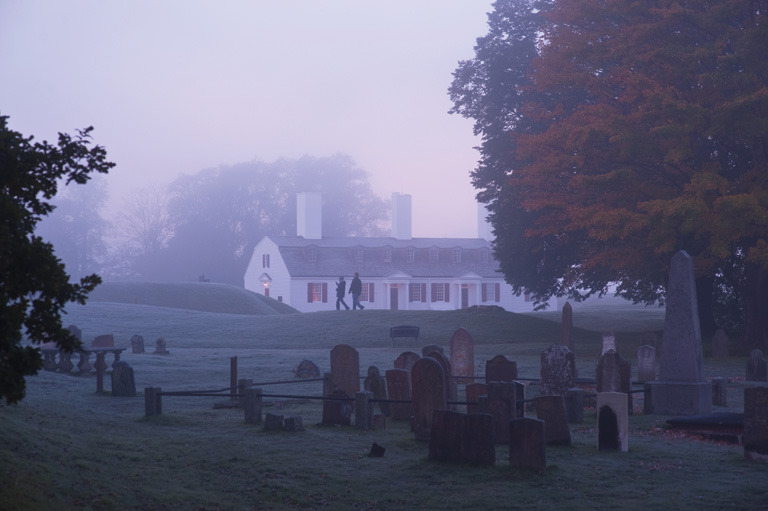
It would take another twenty-eight years before Ottawa acted on that request. But on January 24, 1917, the government passed an Order-in-Council, authorizing Fort Anne to be “set aside and maintained as a Dominion Historical Park.” It would become Canada’s first National Historic Site — a designation that today applies to more than 981 properties, including 171 places operated by Parks Canada.
“They finally got action, amazingly, in the middle of the First World War,” said Parks Canada historian Anne Marie Lane Jonah. “The extreme stress of wartime made people look for that hope, that these moments will be remembered, they will be important, and people won’t just forget what was sacrificed and what happened. They felt the need to save and memorialize places that spoke of earlier clashes, and there were lots of them at Fort Anne.”
The Annapolis River Valley had been inhabited by Mi’kmaq for more than three thousand years before the first French colonists arrived in 1605, naming their settlement Port-Royal. Beginning in 1702, French soldiers constructed a star-shaped fort surrounded by a moat. The earthenworks form the basis of the current historical site.
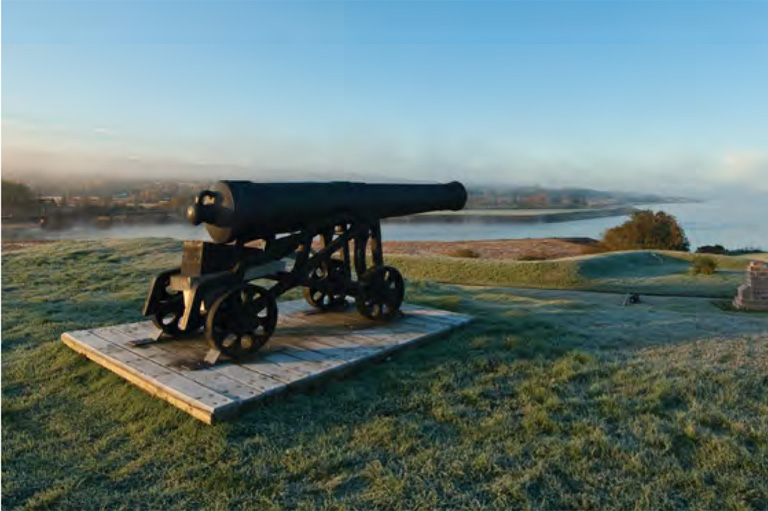
The British seized the fort in 1710, but the French and the Mi’kmaq staged raids in the decades that followed. The warfare culminated in the deportation of the Acadians, the confirmation in 1760–1761 of the Peace and Friendship Treaty between the British and the Mi’kmaq (first signed at Fort Anne in 1726), and finally the 1763 Treaty of Paris, where France ceded nearly all of its North American territories to Great Britain.
The fort next served to defend British North America against a new enemy — revolutionary Americans. It withstood an attack by American privateers in 1781 and stood as a military outpost in the War of 1812.
However, by the mid-nineteenth century, Fort Anne had outlived its military usefulness — as had many similar forts across the country. As the British army withdrew, upkeep of the sites fell on local communities, which lacked the resources to maintain them.
The advent of Canadian Confederation in 1867 prompted soul-searching about the importance of preserving places of cultural and historical significance to the new country. The first spaces to receive protection by the Dominion government were natural, not cultural.
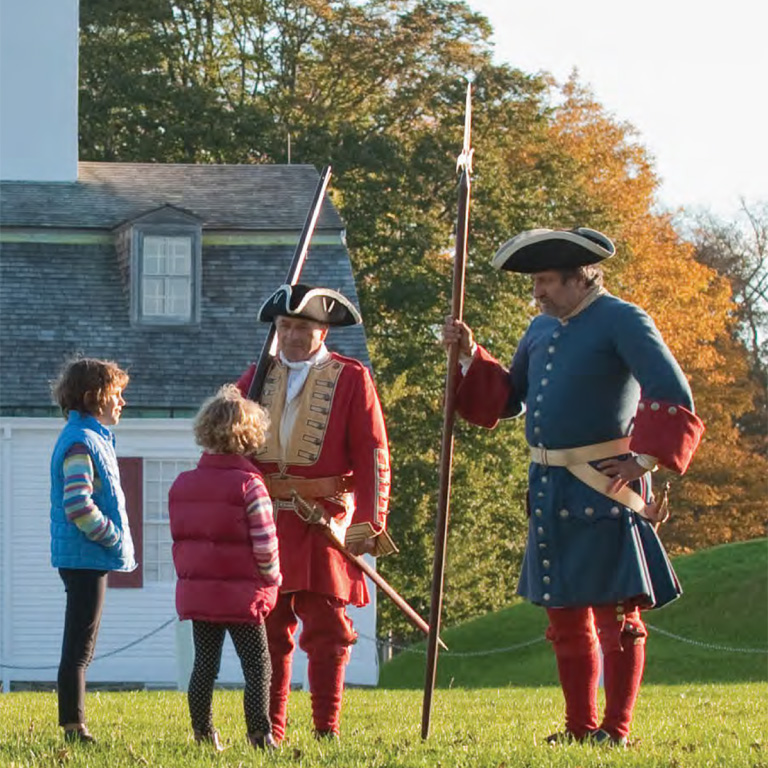
The establishment of several parks and reserves in the Rocky Mountains led to the creation in 1911 of the Dominion Parks Branch, later to become Parks Canada.The commissioner of national parks, James Bernard Harkin, believed the parks service should expand into the protection of historical places, and Fort Anne found a champion in Loftus Morton Fortier, a senior Department of Immigration bureaucrat stationed in Annapolis Royal.
At Fortier’s prompting, Harkin sent a delegate in December 1916 to inspect Fort Anne. The following month, Fort Anne received official designation as Canada’s first historical park. In 1919, the Historic Sites and Monuments Board of Canada was established to seek out and designate worthy sites across the country. “Once Fort Anne was established, that opened the floodgates,” said Lane Jonah. “The board’s work in the first year: it was forts, forts, forts, fur trade sites, forts. There were so many places that communities felt strongly about and that were so integral [to Canada’s history].”
Themes associated with this article
Advertisement
You might also like...
Help support history teachers across Canada!
By donating your unused Aeroplan points to Canada’s History Society, you help us provide teachers with crucial resources by offsetting the cost of running our education and awards programs.




